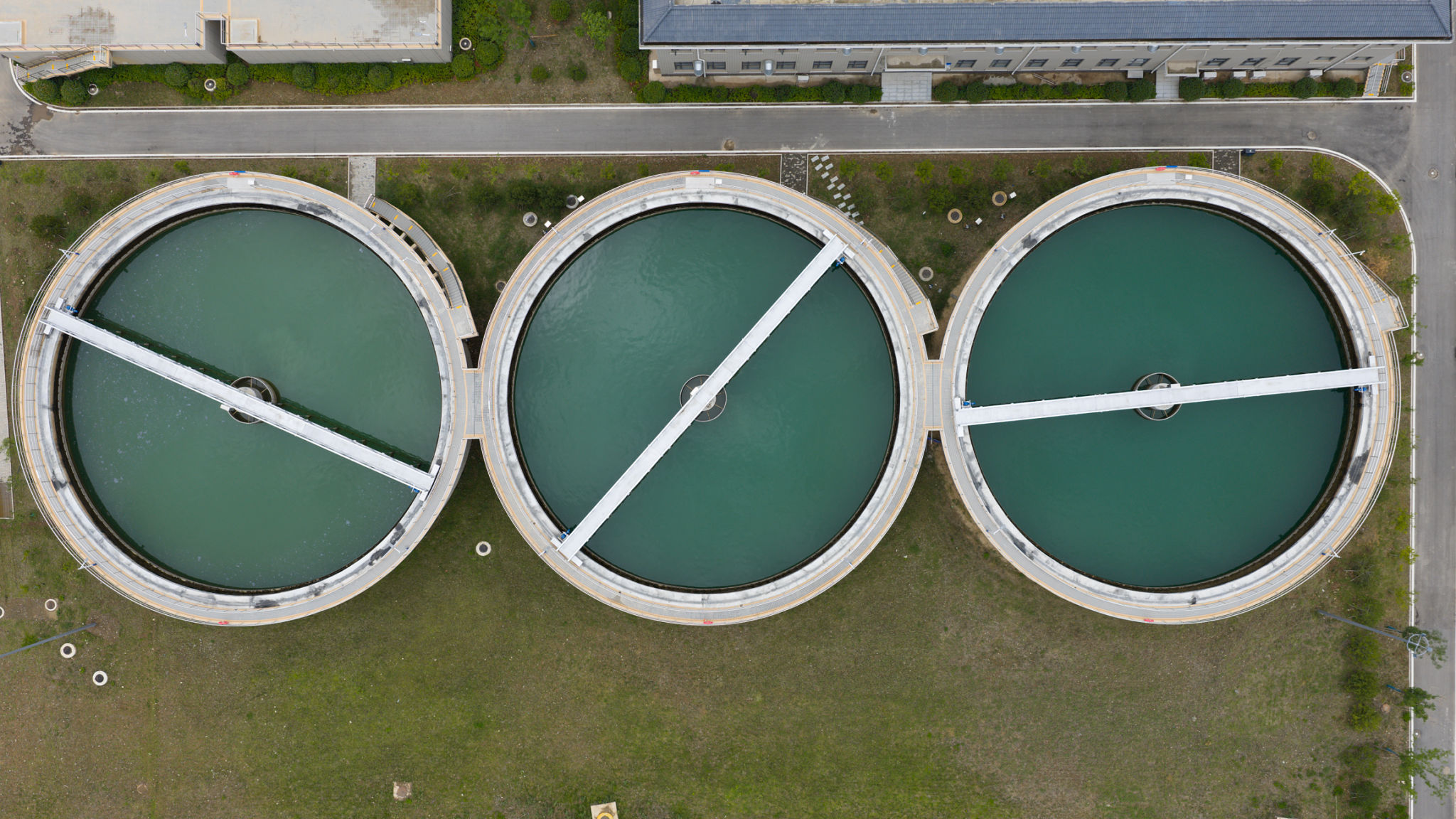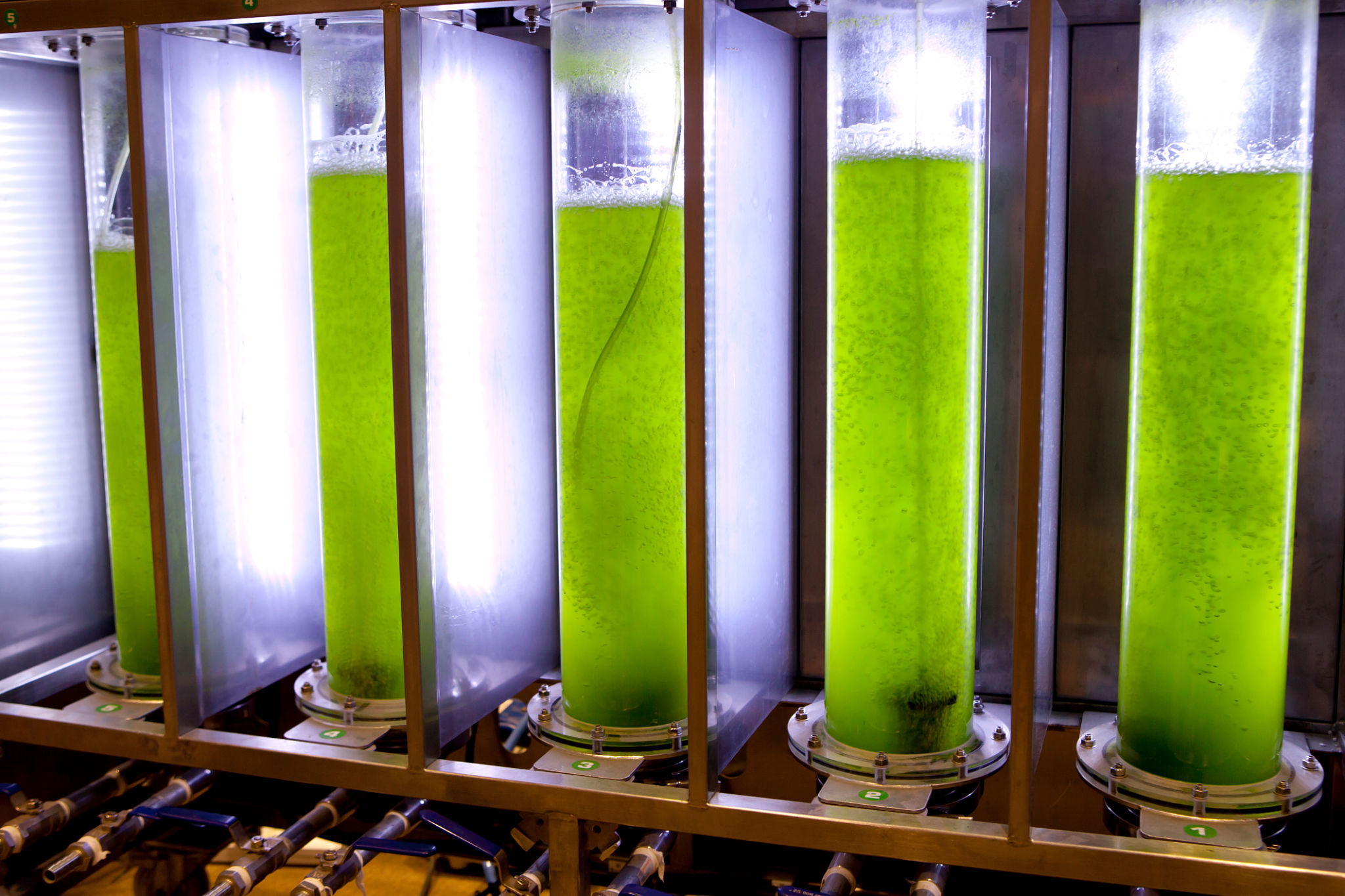A Comparison of Popular Environmental Protection Systems for Wastewater Treatment
Introduction to Wastewater Treatment Systems
As the global demand for clean water increases, the need for effective wastewater treatment systems becomes more critical. These systems play a vital role in protecting the environment by treating and purifying water before it is released back into natural water bodies. In this post, we will explore some of the most popular environmental protection systems used in wastewater treatment and compare their effectiveness and applications.

Activated Sludge Process
The activated sludge process is one of the most widely used methods for treating wastewater. It involves the use of aerated tanks where microorganisms break down organic matter. This system is highly effective in removing biodegradable pollutants and can be adapted to various scales, making it suitable for both municipal and industrial applications.
However, the activated sludge process requires continuous aeration, which can be energy-intensive. Regular maintenance and monitoring are also essential to ensure optimal performance. Despite these requirements, the process remains a reliable choice for many wastewater treatment facilities.
Advantages of Activated Sludge
- High efficiency in organic matter removal
- Flexibility in handling varying waste loads
- Established technology with proven results

Membrane Bioreactor (MBR) Systems
The Membrane Bioreactor (MBR) system combines biological treatment with membrane filtration, offering superior effluent quality. MBR systems are particularly effective in removing pathogens and suspended solids, making them ideal for reuse applications. The compact design of MBRs also allows for installations in areas with limited space.
On the downside, MBR systems can be more expensive to install and operate compared to conventional methods. The membranes require regular cleaning and replacement, which adds to operational costs. Nevertheless, the high-quality output and reduced environmental footprint make MBRs a popular choice for advanced wastewater treatment.
Key Benefits of MBR Systems
- Excellent effluent quality suitable for reuse
- Space-saving design
- Effective removal of pathogens

Constructed Wetlands
Constructed wetlands offer a natural and environmentally friendly approach to wastewater treatment. These systems mimic natural wetlands by using plants and microorganisms to treat wastewater as it flows through a series of vegetated beds. Constructed wetlands are cost-effective and require minimal energy, making them suitable for rural or remote areas.
While constructed wetlands have many benefits, they also have limitations. They require a relatively large land area and may not be suitable for high-volume wastewater flows. Additionally, their effectiveness can be influenced by climate and seasonal changes. Despite these challenges, constructed wetlands remain an attractive option for sustainable wastewater management.
Benefits of Constructed Wetlands
- Low operational costs
- Natural habitat creation
- Sustainable and eco-friendly process
Conclusion: Choosing the Right System
The choice of a wastewater treatment system depends on various factors, including the type and volume of wastewater, available space, and budget constraints. While the activated sludge process offers reliability and flexibility, MBR systems provide superior effluent quality. Constructed wetlands, on the other hand, offer a sustainable solution with low operational costs.
Ultimately, the best system will balance environmental impact with operational efficiency. By understanding the strengths and limitations of each system, communities and industries can make informed decisions to protect our precious water resources for future generations.
